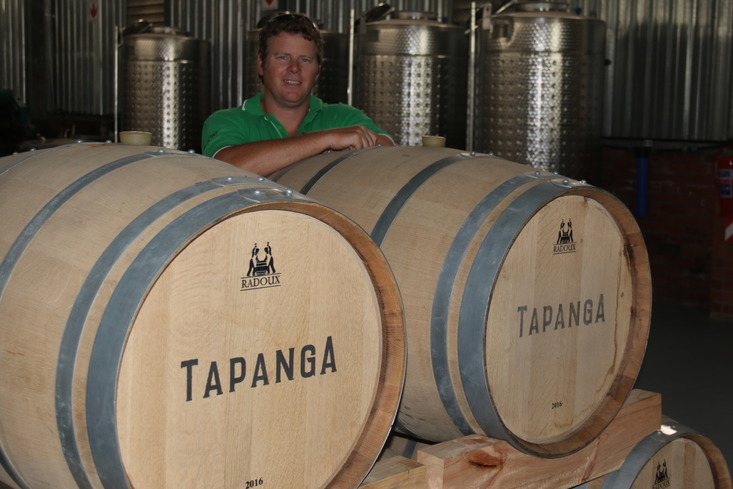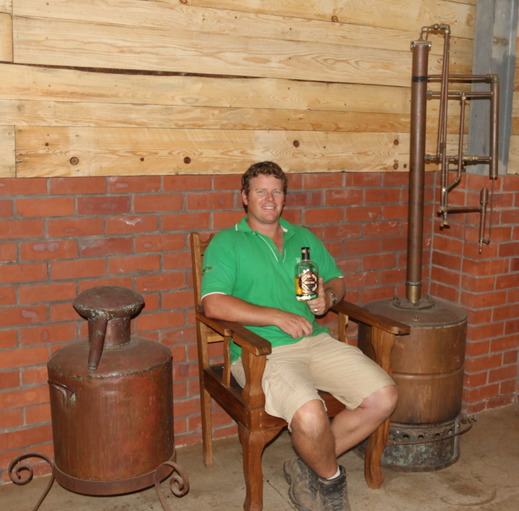Yo, ho, ho and a bottle of rum
This is not quite the Christmas story you may have expected

SORRY if the title was misleading and the article is not about the red-suited, white bearded fellow who travels the world at this time of the year.
This is not quite the Christmas story you may have expected, but is the cry of the one-eyed, sabre slashing bandit of the seas, who, one is led to believe, drinks copious amounts of rum.
After four years of studying the process, getting the legal requirements sorted out and sending samples to experts in the field of rum for their advice, Greg Hill of the Zululand Distillers Company bottled their first batch of Tapanga Rum in September.
The distillery is situated at Fairbreeze, near Gingindlovu and produces white and gold rum in the Rhum Africole style, a play on the term Rhum Agricole.
Rhum Africole
Rum falls into two categories namely Demerara Rum and Rhum Agricole.
Demerara Rum is produced from fermenting molasses, resulting in a sweeter, rounder and usually darker rum while Rhum Agricole (the French term for this spirit, as it is generally distilled on the French-colonized islands of the Caribbean) is made directly from the sugarcane juice, yielding a much more vegetal, savoury and lighter final product.
Tapanga has now started marketing their rum and some bottles are already on the shelves in Makro stores and selected Tops bottle stores.
Greg says they hope to develop distillery tours and a tasting lounge where visitors can sample some of the cocktails produced by Mathias Wessels.
Situated very close to the N2 at the Fairbreeze turnoff, the distillery is at the perfect location for passing tour buses which they hope to divert for tours and rum tasting sessions.

PHOTOS: Larry Bentley
The process
The raw sugarcane is taken from the fields around the distillery and crushed, usually in batches of two tons, to separate the sugarcane juice from the solids, which are then used to create compost.
The crushing creates about 900 litres of liquid which is transferred to a fermentation tank where rum yeast is added.
It is fermented at temperatures between 24°C and 32°C for four days, then piped into the German-made still, in batches of 300 litres.
This is heated, using steam from a wood-fired boiler burning either off-cuts from the nearby forestry plantation or alien invaders.
The steam is also used for making essential oils, but that is another story.
The heat causes the alcohols to evaporate, starting with the lightest alcohols such as methanol.
Since these are not suitable for drinking, this ‘head’ fraction is kept aside.
The usable alcohols are next, and form the ‘heart’.
At a very specific temperature, the distillation is stopped, with a small portion of the last alcohols, or ‘tail’.
The small amount of tail is what gives the rum its flavour; the rest of the undistilled liquid is used for fertiliser.
From here, the rum is hand-bottled immediately in the case of White Rum, or placed in oak barrels to age for a minimum of four months for the Gold Rum.
As the barrels are used, this aging time will increase, making for smoother tasting rum.
The Gold Rum gets all its colour from the barrel-aging, which also makes it smoother.
At present, the still can produce about 3 600 bottles a month.

HAVE YOUR SAY
Like our Facebook page and follow us on Twitter.
For news straight to your phone invite us:
WhatsApp – 072 069 4169
Instagram – zululand_observer


